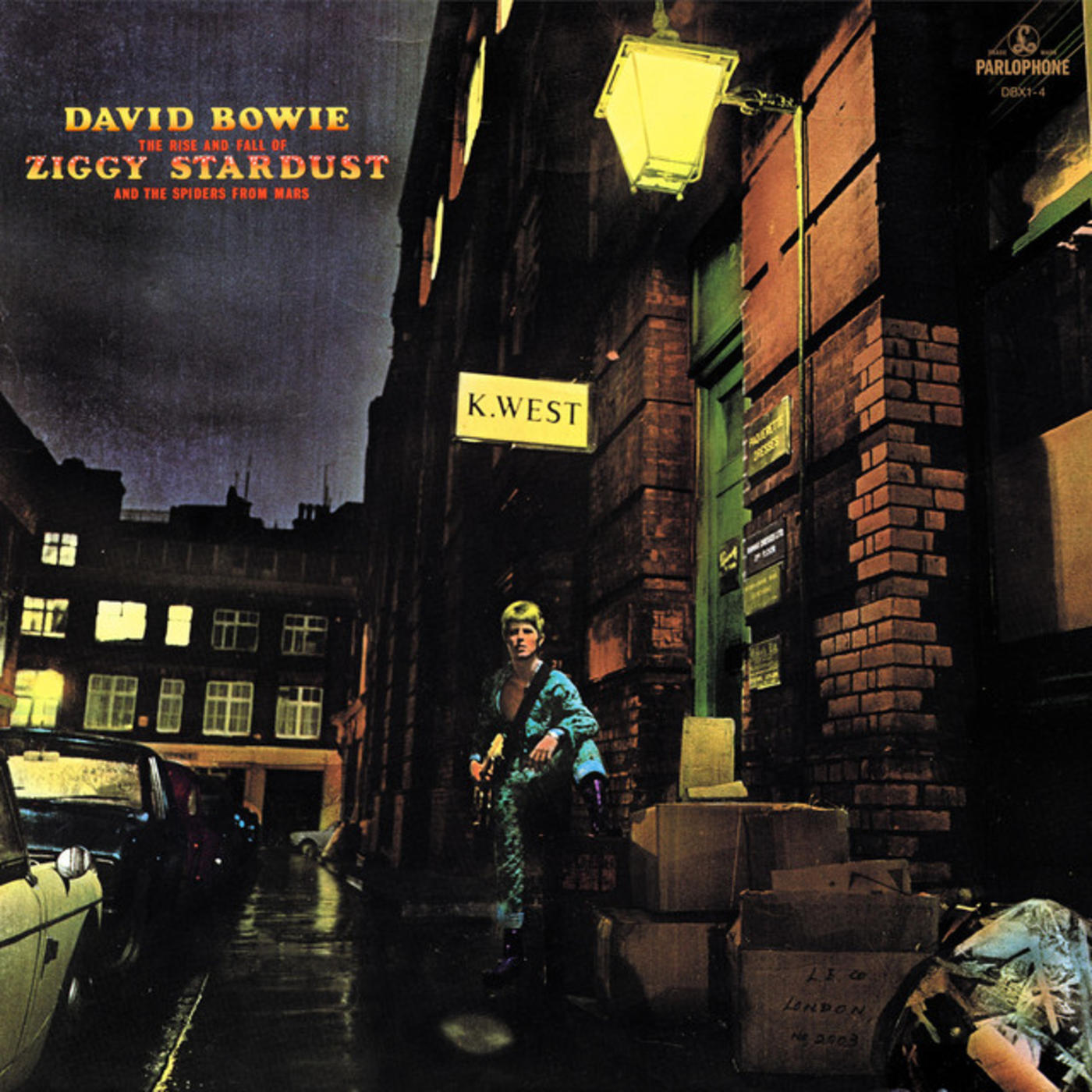Single Stories: David Bowie, LET'S DANCE

In 1982, David Bowie took a vacation in the South Pacific. Once he got there, he took stock of what he brought with him: a stack of classic blues and R&B records by the likes of Albert King, Buddy Guy, and Elmore James. "I asked myself, 'Why have I chosen this music?' It was very non-uptight music, and it comes from a sense of pleasure and happiness," Bowie remembered (via Rolling Stone). "There is enthusiasm and optimism on those recordings."
That moment inspired Bowie to make some wholesale changes for his upcoming album, starting with the producer. He abruptly cancelled plan recording sessions with longtime producer, Tony Visconti, and started working with Chic guitarist, Nile Rodgers. What they came up with was entirely different from most of what Bowie had ever recorded before.
"I was sort of disappointed with the way synthesizers have bullied music into a kind of cold place. So much of the music that's being made at the moment is very earnest," Bowie opined back in 1983. "It doesn't have that quality of necessity that music used to have; it's become style over content. So in a natural progression, I just went back to the kinds of music that really excited me when I started. I was listening to people like Buddy Guy, Red Prysock, Alan Freed big bands. Stuff like that has such a dynamic, enthusiastic quality; it's the enthusiasm that I actually was looking for."
Released as the lead single from the album of the same name on March 14, 1983, David Bowie's "Let's Dance" hit the radio and MTV like a comet. The song's music video, filmed in a small Australian town, found the artist making a statement about racism.
"Very simple, very direct," Bowie told Rolling Stone about the clips for both "Let's Dance" and the album's second single, "China Girl." "They're almost like Russian social realism, very naive. And the message that they have is very simple -- it's wrong to be racist! But I see no reason to f-ck about with that message, you see? I thought, 'Let's try to use the video format as a platform for some kind of social observation, and not just waste it on trotting out and trying to enhance the public image of the singer involved. I mean, these are little movies, and some movies can have a point, so why not try to make some point. This stuff goes out all over the world; it's played on all kinds of programs. I mean - you get free point time!"
"Let's Dance" raced up the Billboard Hot 100, peaking at #1 for the week of May 21, 1983, making it Bowie's second and final #1 song in America. It's also his only track to hit the top spot in both America and England. His other U.S. #1: "Fame," in 1975.


